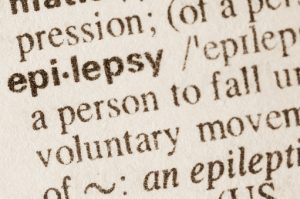
The cover is filled with two fibre pads, each are encased in an open weave mesh fabric. The cover consists of two pieces of soft mesh fabric, joined 10mm apart with strands of polyester fibre creating a ‘wall of air’ that won’t crush when depressed. The outer cover is made from innovative three dimensional fabric. The Breathe-zy Anti-Suffocation Pillow is a device which is designed to be breathable, practical and comfortable, whilst assisting in the prevention of SUDEP. It gives those diagnosed with epilepsy the confidence that they are safe while sleeping, therefore ensuring they are able to live as autonomously as possible. It gives carers the confidence that should a seizure occur during sleep, the seizure monitor will alarm and they will be alerted to provide the emergency care required. The monitor will alarm when a person has a seizure, alerting either the parent or caregiver that a seizure is occurring.


The sensor also acknowledges the presence and absence of micro-movements caused by a person’s breathing and heart beating, so not only does the sensor give notification to a caregiver when the person has the clonic phase of a tonic clonic seizure but also when the person leaves the bed by a fall or has not returned to their bed within a given time. The patented sensor technology detects and distinguishes between normal movements and strong muscle jerking such as tonic clonic seizures. It is considered to be assistive technology, a state-of-the-art system which monitors from under the mattress of a sleeping adult or child who is at risk of a convulsive tonic clonic seizure. The Emfit Seizure Monitors have been designed to provide personal care and safety for people who have been diagnosed with epilepsy with tonic clonic seizures, allowing for safety monitoring while they are sleeping. Transport Assistance for people with a disability.Vagus Nerve Stimulation – (VNS) Therapy.Medicinal cannabis in the treatment of epilepsy.Travelling With Epilepsy International and Domestic.They are generally not needed for most children with epilepsy controlled by medication. Use of these may not be reliable for very young children. Most of these detect repeated movements that happen with a tonic-clonic seizure. Other monitoring devices are available specifically to detect seizures. Many families use a baby monitor in the child’s room when they are asleep. This can lead to greater sleep problems and may increase the risk of seizures. While many families worry about seizures during sleep, sleeping in the same bed is discouraged for most children.It is generally safe for most children with epilepsy to be left with a babysitter, but make sure the sitter knows the child has epilepsy, knows basic seizure safety, and when to call for help.Children and teens with epilepsy are able to participate in nearly all sports activities if their coaches are aware of the seizures and any safety precautions.If a trigger can’t be avoided, they can learn ways to modify their habits or lifestyle.



 0 kommentar(er)
0 kommentar(er)
